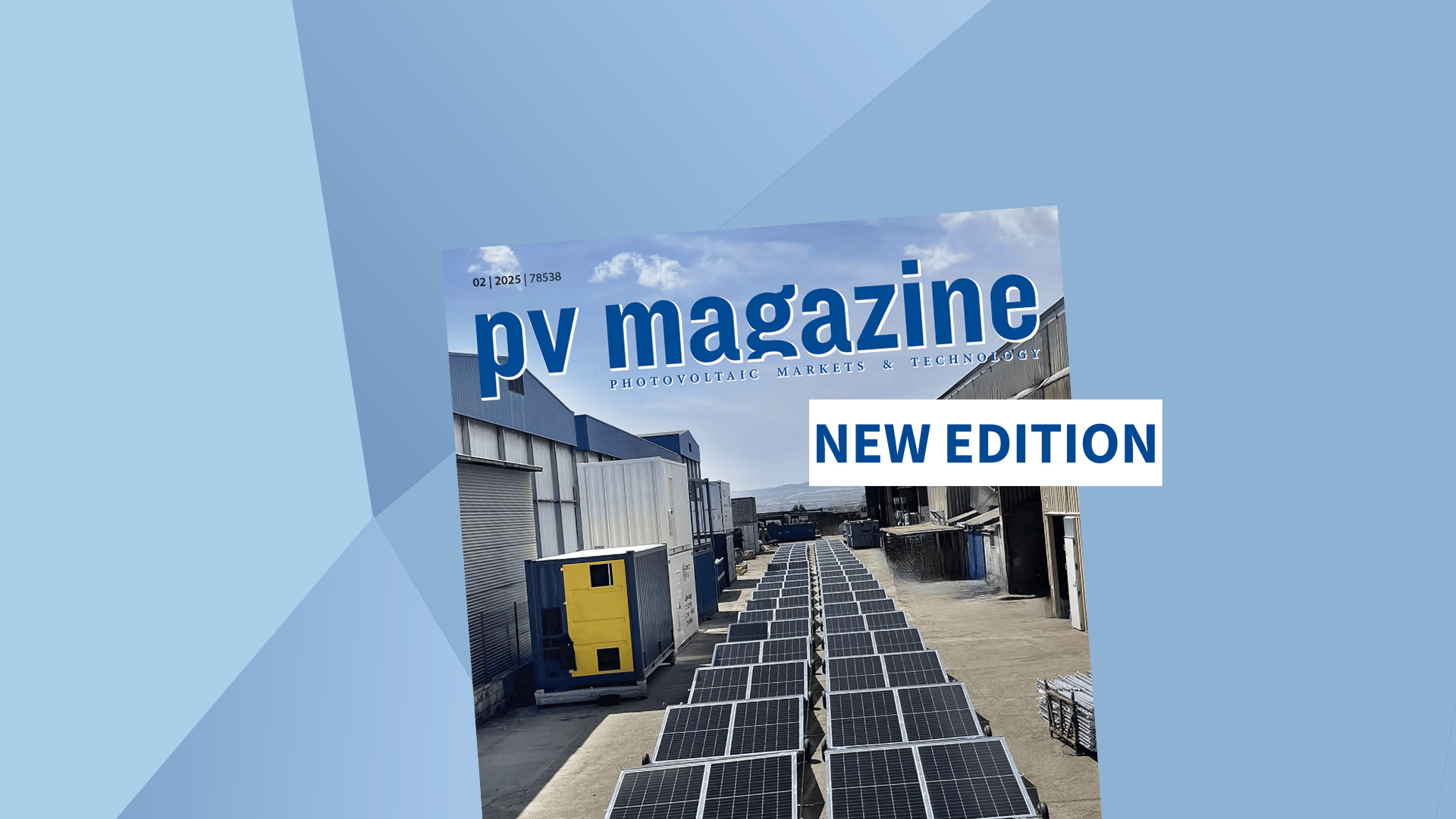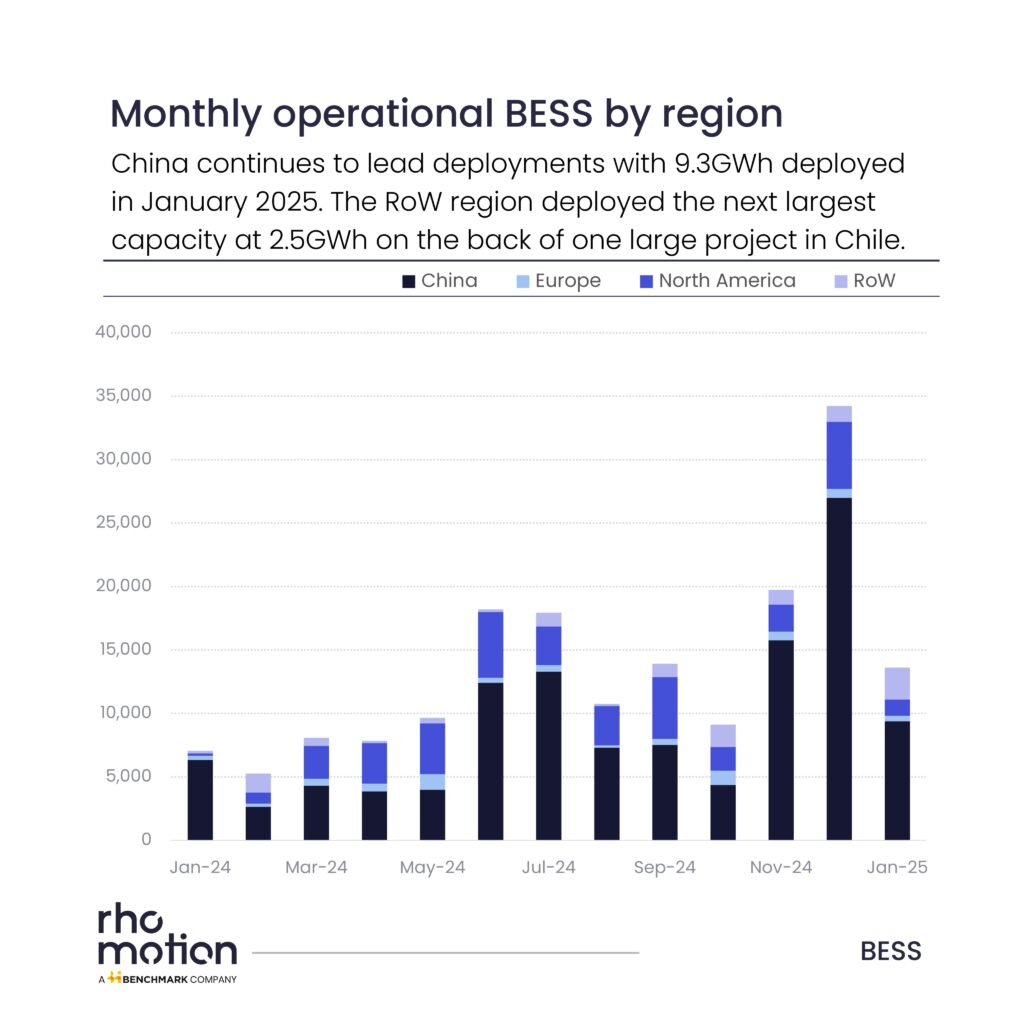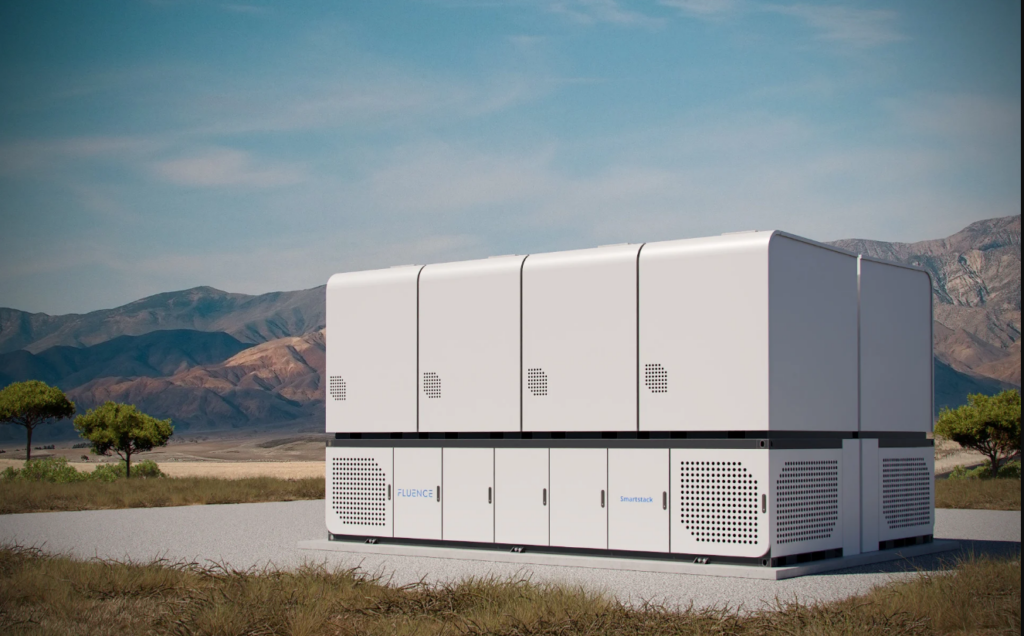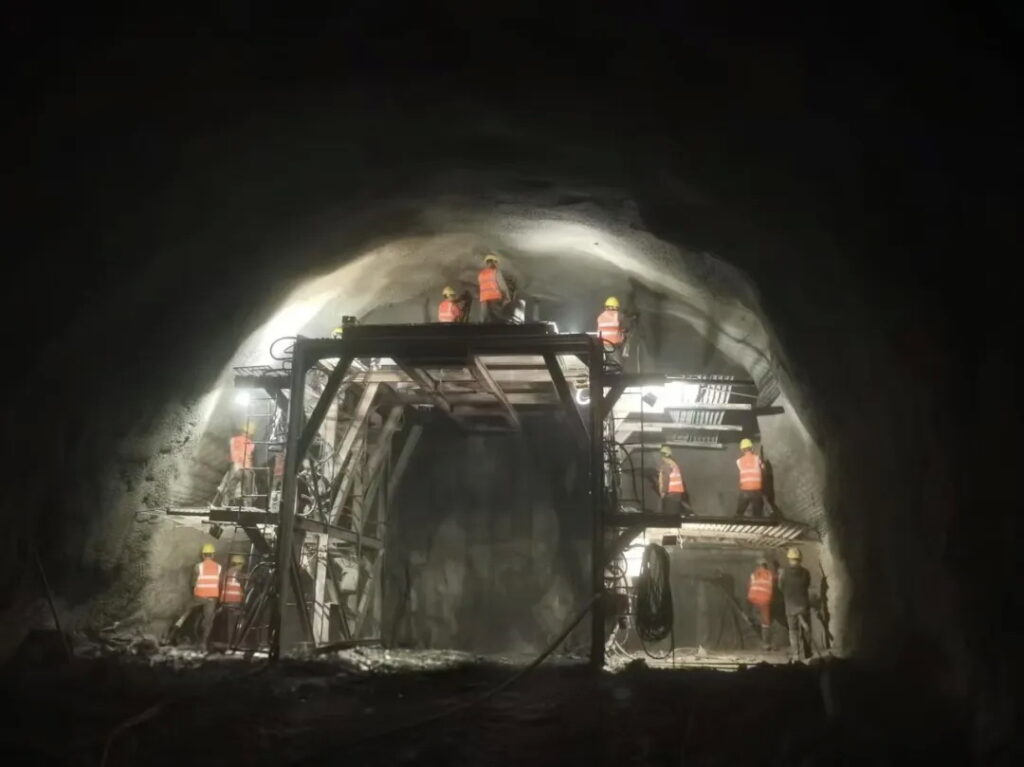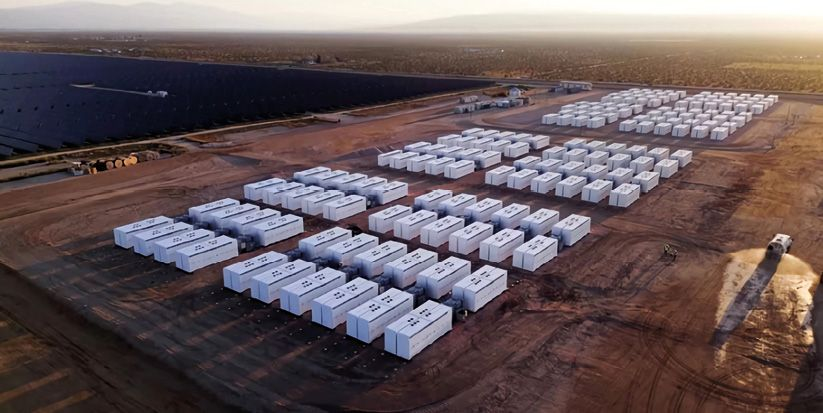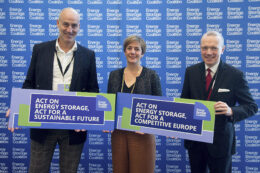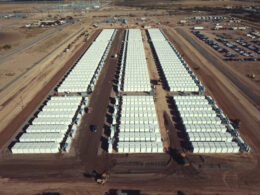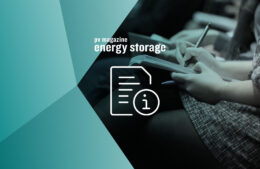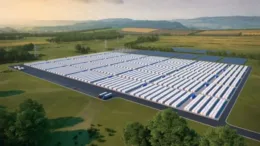SEIA calls for 700 GWh of U.S. energy storage by 2030
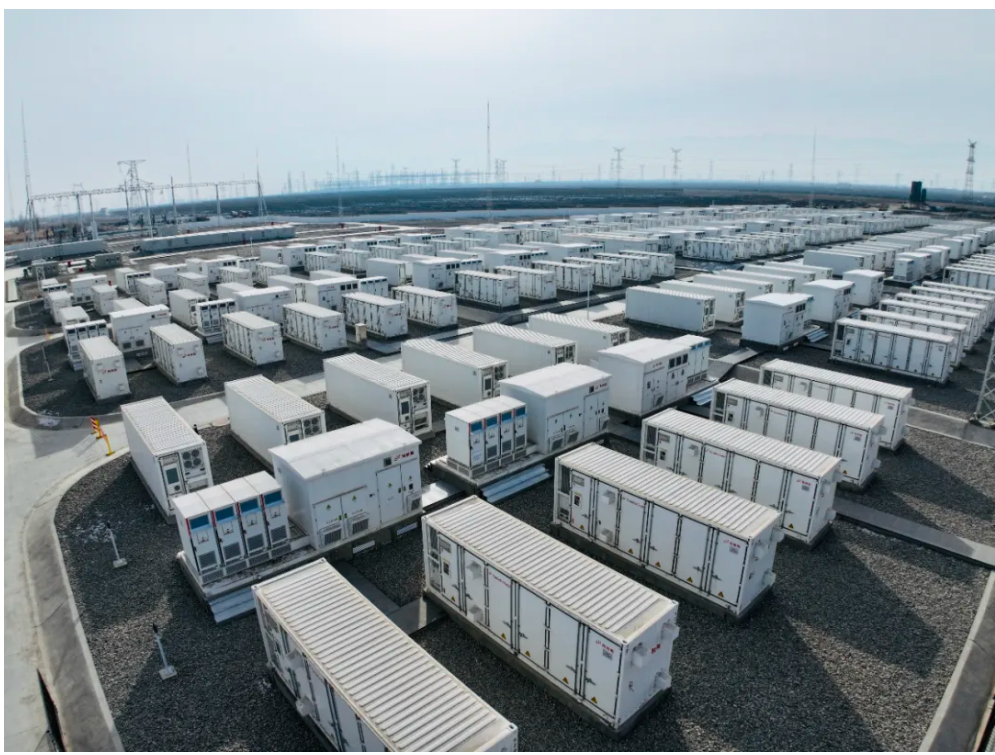
Industry forecasts show that energy storage is set to reach roughly 450 GWh by 2030 under a baseline scenario, but the Solar Energy Industries Association (SEIA) argues that more is needed to ensure America’s energy security and resilience.
In its new whitepaper, the U.S. solar trade body has unveiled a vision for 700 GWh of energy storage by 2030, including an ambitious target to deploy 10 million distributed storage installations.
“Increasing deployment to 700 GWh by 2030 is a better match for the pace of forecasted load growth and renewable deployment that is being unleashed. Having a robust level of storage ready to deploy will allow grid operators to fully use midday excess solar energy to power the grid during nighttime hours,” the paper reads.
Presently, the U.S. is experiencing a shift from primarily using energy storage for frequency regulation to increasingly using it for arbitrage, driven by growing curtailment of solar generation which has surpassed transmission capacity. This has given an impetus to increasing collocation of solar and storage, which according to Berkeley Lab’s data is set to dominate the U.S. power grid.
“Expanding energy storage capacity is a crucial means of ensuring our nation’s energy security and resilience,” said SEIA president and CEO Abigail Ross Hopper. “As demand for energy soars, storage helps turn quick-to-build, low-cost solar generation into clean, dispatchable power, ensuring our grid can adapt to challenges, support critical infrastructure, and deliver reliable power to every community.”
According to Wood Mackenzie, there is 83 GWh of installed energy storage capacity in the U.S., including nearly 500,000 distributed storage installations.
To ensure its 700 GWh target is reached, SEIA has outlined policy recommendations to open markets for storage development, build financial support, grow a domestic storage supply chain, and progress long-duration storage technology. It calls on states, regional transmission organizations, and the federal government to take the following actions:
- Preserving the federal tax credit for standalone storage
- Ensuring equal grid access and fair compensation to storage for grid services
- Reforming interconnection processes to account for storage flexibility
- Establishing affordable retail rates for storage charging
- Supporting domestic manufacturing with targeted trade policies and streamlined permitting
- Implementing state-level procurement programs
- Emphasizing investments in low-income communities, including areas disproportionately impacted by extreme weather and poor air quality
- Investing in further development of long-duration storage
“The U.S. storage market is at an inflection point, but with the mix of policy support and private, state and federal collaboration, we can achieve SEIA’s storage targets while creating jobs and ensuring reliable, around the clock power for every home and business in this county,” said Joan White, SEIA’s director of storage and interconnection.

